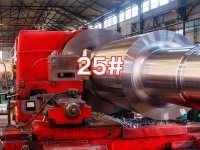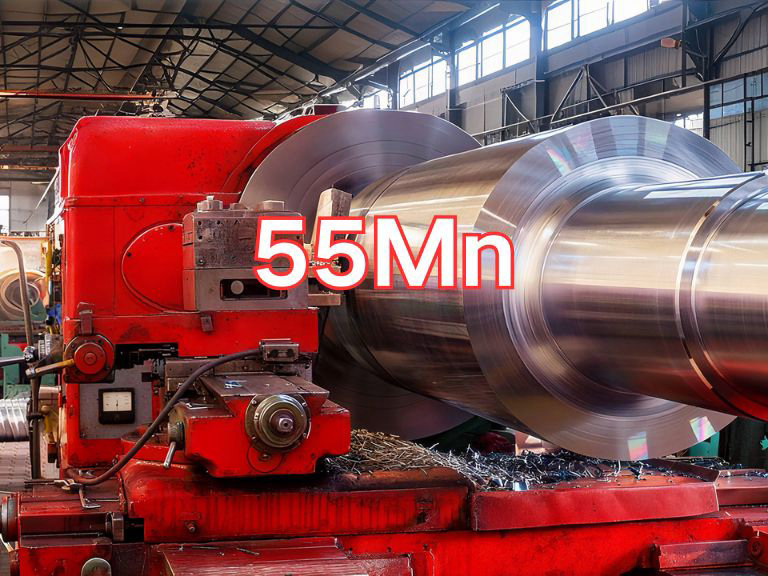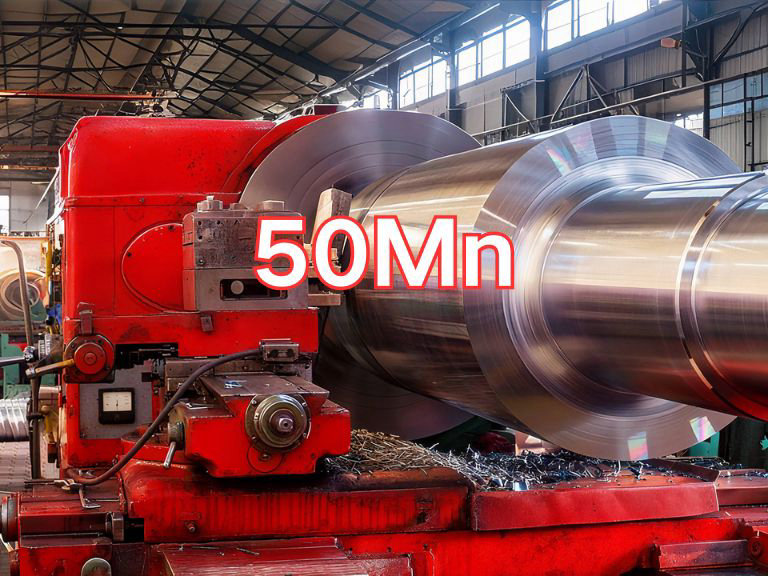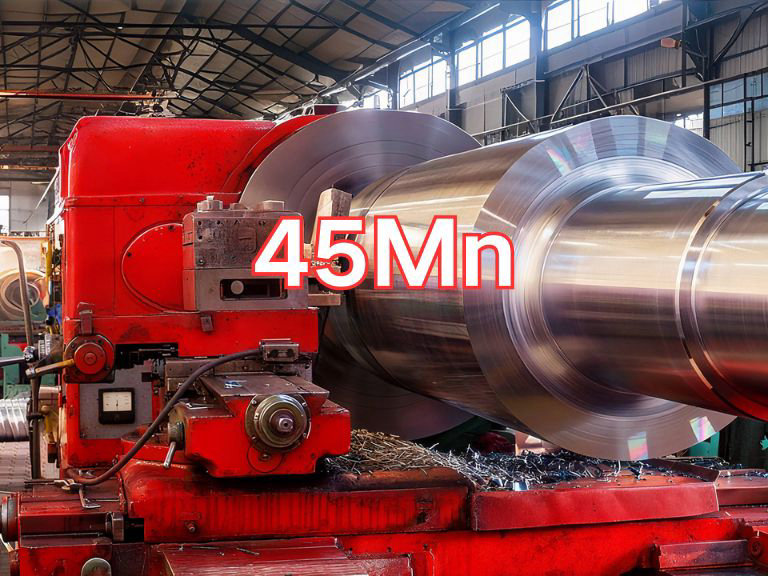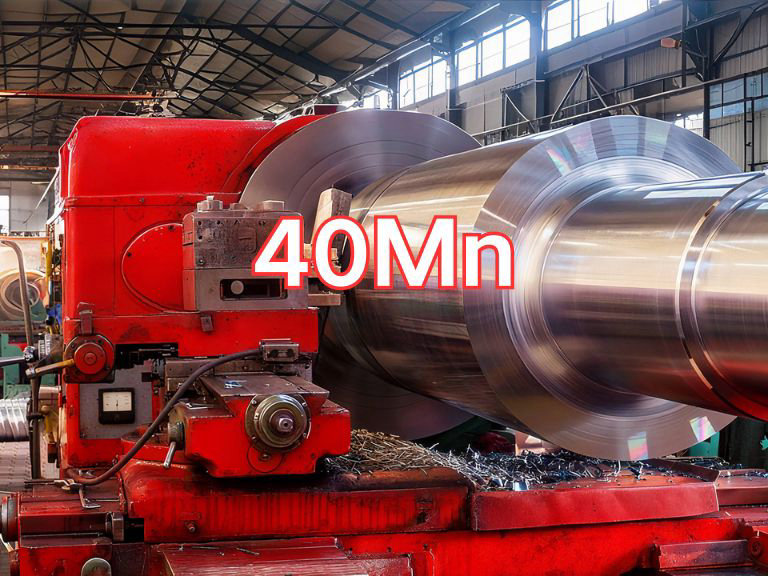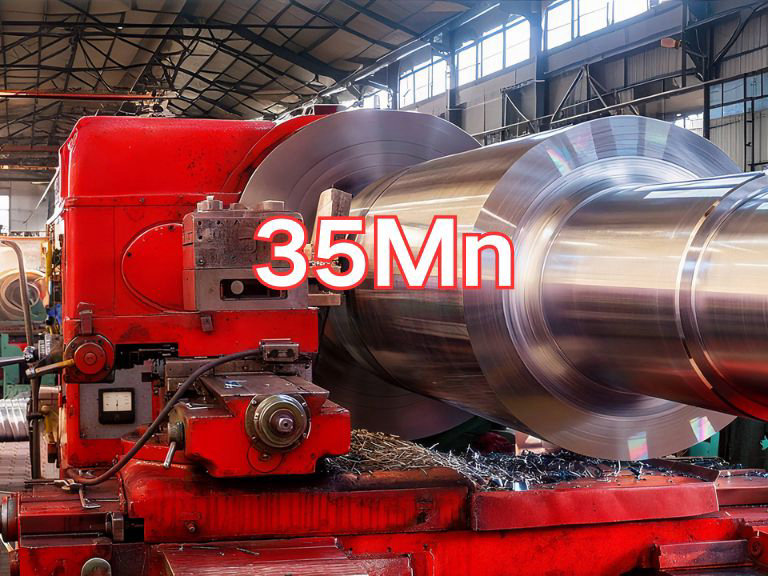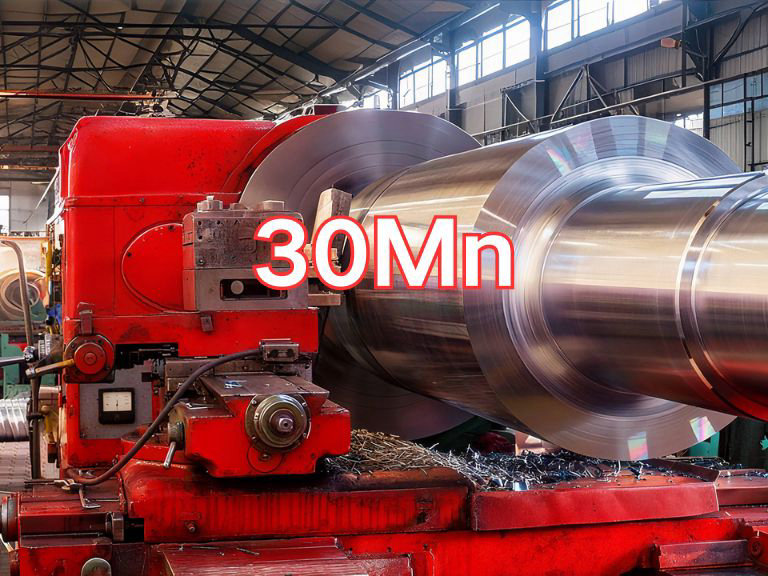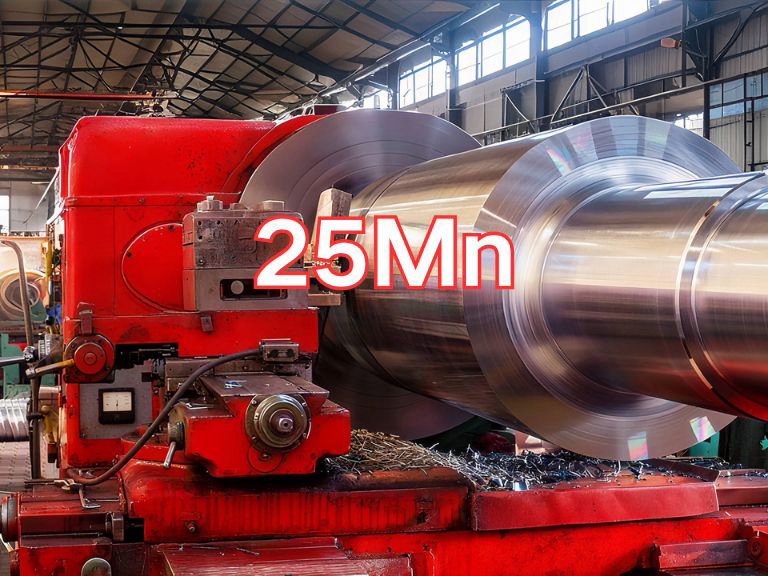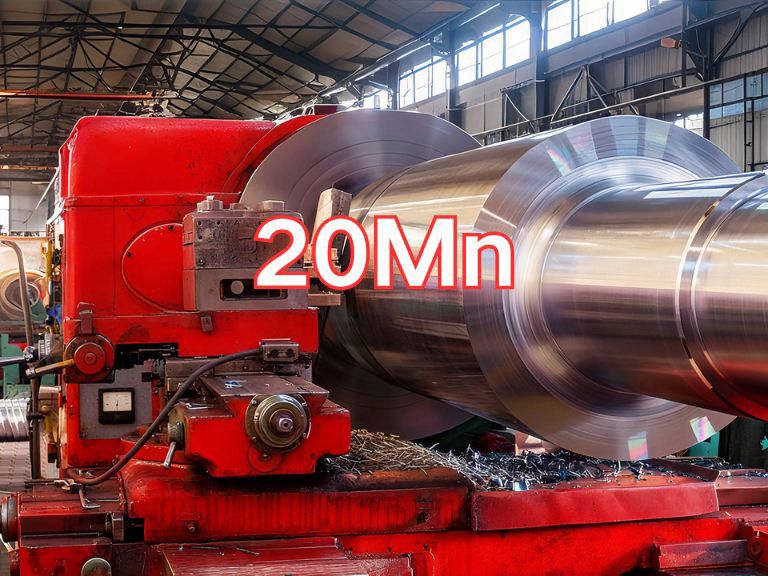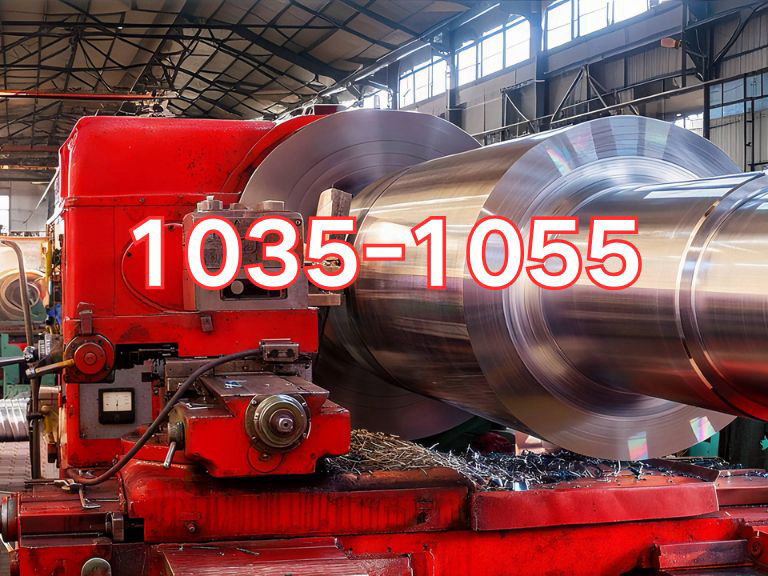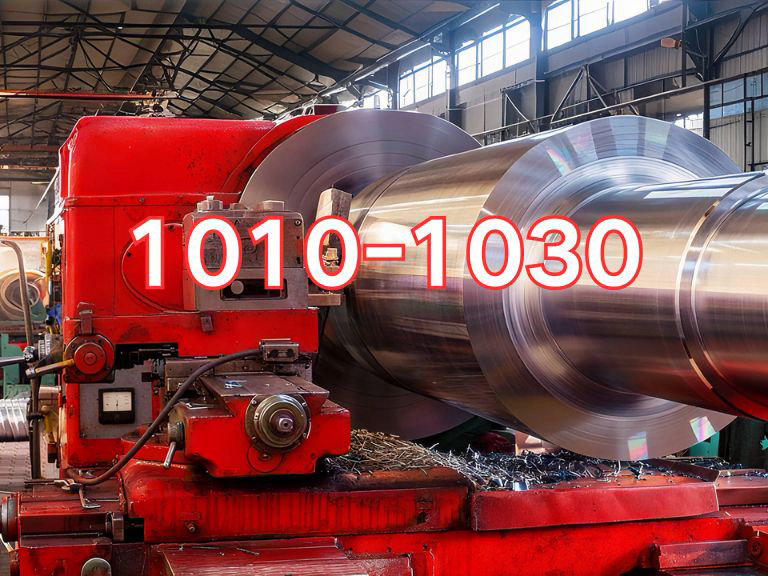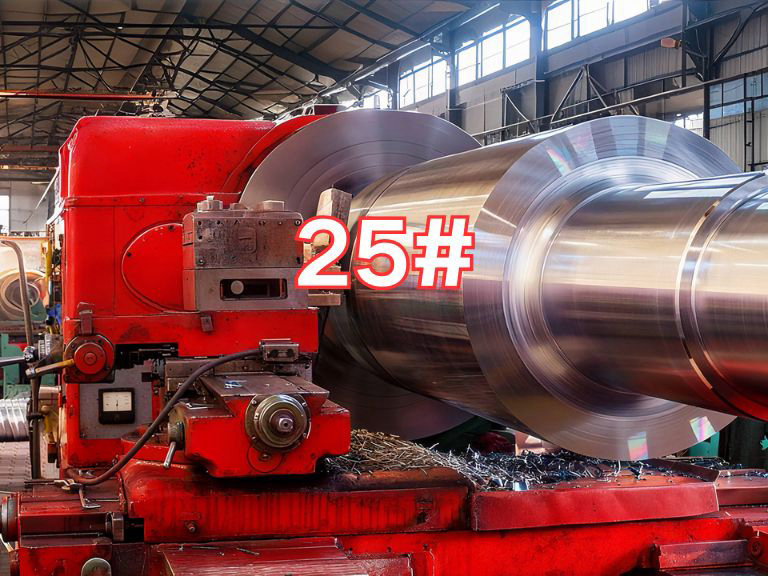

25# steel plate
25# steel plate is a medium-carbon, high-quality carbon structural steel plate. Its designation and properties primarily comply with the Chinese national standard GB/T 711-2017 "Hot-Rolled Heavy Gauge Steel Plates and Strips of High-Quality Carbon Structural Steel". This standard specifies technical requirements for hot-rolled steel plates made of high-quality carbon structural steel, including chemical composition, mechanical properties, dimensional tolerances, and test methods. It serves as the core technical basis for the domestic production, inspection, and trade of this category of steel.
Compared to low-carbon steels (such as 20#), 25# steel has a higher carbon content, resulting in increased strength and hardness while maintaining a good balance between ductility, toughness, and weldability. It is a widely used medium-strength structural material.
The designation "25#" has the following meaning:
"25" indicates the average carbon content of the steel grade is 0.25% (i.e., twenty-five parts per ten thousand). In the system of high-quality carbon structural steels, the number represents the carbon content in ten-thousandths. Therefore, 25# steel belongs to the category of medium-carbon steel.
The "#" symbol is a shorthand in Chinese context for the word "hao" (meaning "number"), used to distinguish different steel grades based on carbon content, such as 10#, 15#, 20#, 25#, 35#, 45#, etc. Thus, "25#" refers to high-quality carbon structural steel with an average carbon content of 0.25%.
The primary applications of 25# steel plate are in manufacturing mechanical parts and structural components that require moderate strength and toughness, suitable for service under medium loading conditions. Due to its superior comprehensive mechanical properties compared to low-carbon steels, 25# steel is widely used in:
Machinery Manufacturing: Producing shafts, connecting rods, pins, gears, cams, bolts, and nuts—components subject to higher stresses, especially where surface hardening is not required.
Automotive and Agricultural Machinery: Manufacturing automotive hubs, steering knuckles, and transmission or connecting parts for farm equipment.
Construction and Steel Structures: Fabricating load-bearing supports, connection nodes, and embedded parts requiring higher strength.
Pressure Vessels: Used in medium- and low-pressure vessels and tanks where higher strength than low-carbon steel is needed.
Other Applications: Also suitable for machine frames, platforms, and wear-resistant liners in general industrial equipment.
Its main characteristics include:
Moderate Strength and Hardness: Tensile strength is approximately 510–660 MPa, yield strength about 285 MPa, and Brinell hardness around 170–210 HBW—significantly higher than 20# steel—capable of withstanding greater static and dynamic loads.
Good Comprehensive Mechanical Properties: Achieves a balanced combination of strength, ductility, and toughness, with a certain level of impact resistance.
Heat Treatable for Strengthening: 25# steel can be significantly strengthened through quenching and tempering (tempering after quenching), improving its overall mechanical properties to meet more demanding service conditions.
Moderate Weldability: With medium carbon content, it has a certain tendency to harden during welding, posing a risk of cold cracking. Preheating (100–150°C) is recommended before welding, along with appropriate welding procedures and consumables to ensure weld quality.
Good Machinability: In annealed or normalized condition, it exhibits favorable machinability, making it easy to perform turning, milling, drilling, and other machining operations.
It should be noted that 25# steel has lower cold-forming and deep-drawing capabilities compared to low-carbon steels; larger bending radii are required during cold bending. Additionally, its surface hardness is relatively low. For applications requiring high wear resistance, surface treatments such as carburizing or carbonitriding can be applied.
In summary, 25# steel plate is a medium-strength structural material with excellent overall performance, holding significant application value in machinery manufacturing and engineering structures.

Ultrasonic Testing (UT)
A key non-destructive testing technique that uses high-frequency sound waves to detect internal flaws in steel plates. The probe emits sound waves, which reflect when encountering defects such as cracks or inclusions. The receiver captures the echoes, enabling precise determination of defect location and size. With high sensitivity, strong penetration, and fast inspection speed, UT effectively ensures internal quality, widely used in the production of heavy plates, pressure vessel plates, and other high-end products to guarantee safety and reliability.

Magnetic Particle Testing (MT)
A common surface inspection method that magnetizes the workpiece, causing leakage magnetic fields at surface or near-surface defects like cracks or inclusions, which attract magnetic particles to form visible indications. Simple to operate and highly sensitive, MT is suitable for rapid inspection of surface and near-surface flaws in ferromagnetic materials, widely used for online or offline inspection of plate edges, ends, and welds, ensuring product quality and safety.

Penetrant Testing (PT)
A non-destructive method for detecting surface-breaking flaws. A penetrant liquid is applied to the cleaned steel surface, allowing it to seep into defects such as cracks or pores. After removing excess penetrant, a developer is applied, causing the trapped penetrant to bleed out and form visible indications. Simple and cost-effective, PT is suitable for inspecting surface defects in various non-porous materials, commonly used for welds, castings, and complex components, effectively ensuring surface quality of steel plates.

